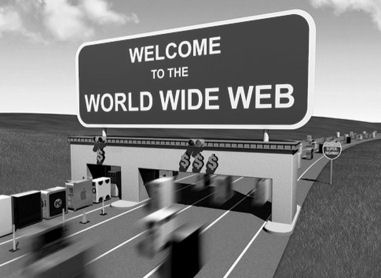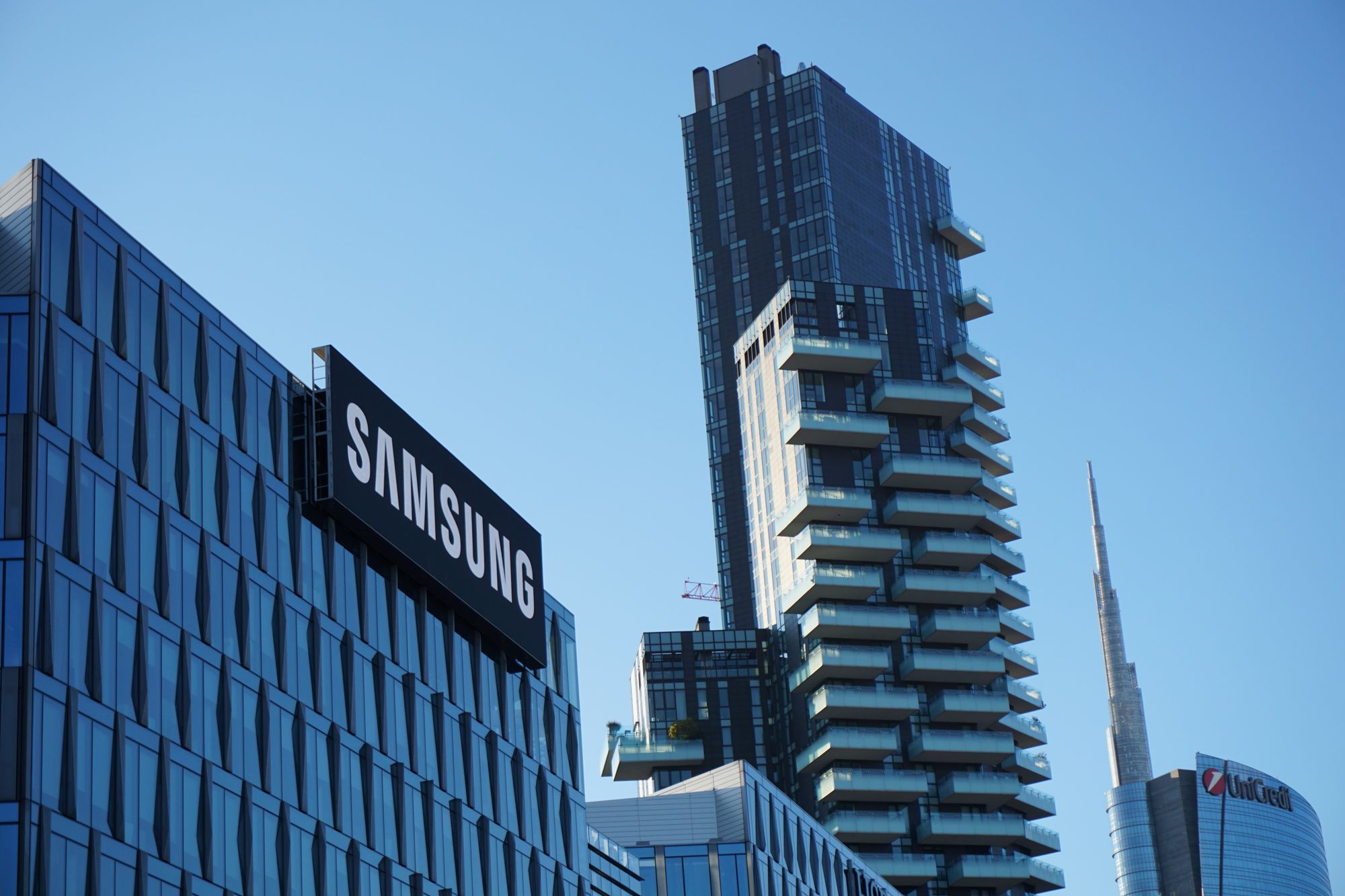How The Internet Works

One of the most asked question on the internet is “how does the internet work?” and it’s a good one too.  Many people know that you connect through your ISP (internet service provider) but, don’t know actually how it happens.
The internet is a global collection of networks, with many sizes big, and small.  The collection of networks connects together in many ways, to form what we call the Internet, which comes from the idea of interconnected networks.
The interconnected networks have been around since 1969, and first started with 4 host systems. Â Every computer that is connected to the internet is part of a network. Â First, you connect through your modem to connect to an ISP (internet service provider). Â Once you’re connected to your ISP, you’re part of their network, which can connect to a larger network and you become apart of it.
Most major communication companies have dedicated backbones connection different regions together.  In the regions, they have a POP (Point of Presence).  The POP allows local users to access a company’s network.  There isn’t a controlling network, instead there’s multiple networks connecting each other through NAPs (Network Access Points).
NAPs, backbones, and routers are all necessary for a network to talk with one-another. These networks are extremely fast, for instance, a message can be sent from one computer to another halfway across the Earth in fractions of a second. That’s extremely useful, because then you don’t need to wait hours/days for a paragraph or so message to be sent.
Routers determine where to send the information from a computer to another.  Routers are computers that are specialized to send messages/information through a network. The router’s job is to:
1.    Ensure that information doesn’t go where it’s not supposed to go. This is important for not clogging a connection.
2.      Makes sure that messages/information don’t get sent to the wrong destination.
A router is an extremely useful in dealing with different computer networks, so information from one doesn’t “spill” over into the other.
A backbone is typically fiber optic trunk lines. Backbones are multiple fiber optic cables combined together to increase the capacity.  The fiber optic cables are designated OC (optical carrier).  OC-3 carries speeds of up to 155 Mbps, whereas OC-48 can transmit 2.488 Gbps.  So, depending on what your ISP provides, that will result in the speed you have, for the most part.
There are many companies that operate and run high-capacity backbones, and all of them connect at different NAPs around the world.  So, all this makes it possible to communicate with anyone on the planet.
Every system that connects to the Internet has an identifying number, which is called an IP Address.  IP stands for Internet Protocol, which is the “language” that computers use to communicate over this gigantic network.  A typical IP looks like this: 158.24.61.154. With the 4.3 billion possible IP combinations, certain addresses are restricted, such as the IP address 0.0.0.0 is for default network.
When the internet first formed in 1969, you had to connect to a site by providing the IP address.  It was fine back then in 1969, but once it grew it became unwieldy.  In 1983 the University of Wisconsin created the DNS (Domain Name System), which would map out text names to the IP address automatically.
You need servers to make the Internet possible, without them it’s just a bunch of cables. Â On the Internet, you’re either a server or a client. Â Servers provide the services so that other machines can use can access the information. Â Clients are the machines that are connected to the services. Â There are many different servers on the Internet, like Web servers, FTP servers, and e-mail services.
If you connect to a website like www.LogicLounge.com you’re considered the client. Â And once you click a page, the Web server sends the information that you requested (text and images) to you. Â When you go to a website, you’re accessing the Web server, not the e-mail/FTP server (unless that’s what you’re going to the site for).
The only way a Web server can operate is with numbered ports, one for each service that’s available on that particular server. Â So, if you have a FTP server and a Web server, normally the Web server would take port 80, and the FTP server would typically be available on port 21.
After you’re connected to the server on that particular port, you can access the it using a protocol.  Protocols is just simply a way to describe how the server and the client interact and have their “conversation”.  Web servers always use HTTP (hypertext transfer protocol).
To make the internet possible, you need to have networks, routers, DNS, ISPs, and NAPs. Â You really can’t have one without the other.




